BepiColombo: an Earthly interlude
When BepiColombo lifted off on October 20, 2018 from the Guiana Space Center in Kourou, French Guiana, we all knew that it wasn’t going to be a long goodbye.
A year and a half after the launch, BepiColombo is making a last appearance in our skies as part of gravity-assist maneuvers to send it winging towards Mercury. BepiColombo is once again orbiting Earth today, but only for a short time, so wish it bon voyage while you can!
According to calculations by ESA, you may be able to observe BepiColombo as it crosses from East to West at a minimum altitude of 12,677 kilometers.
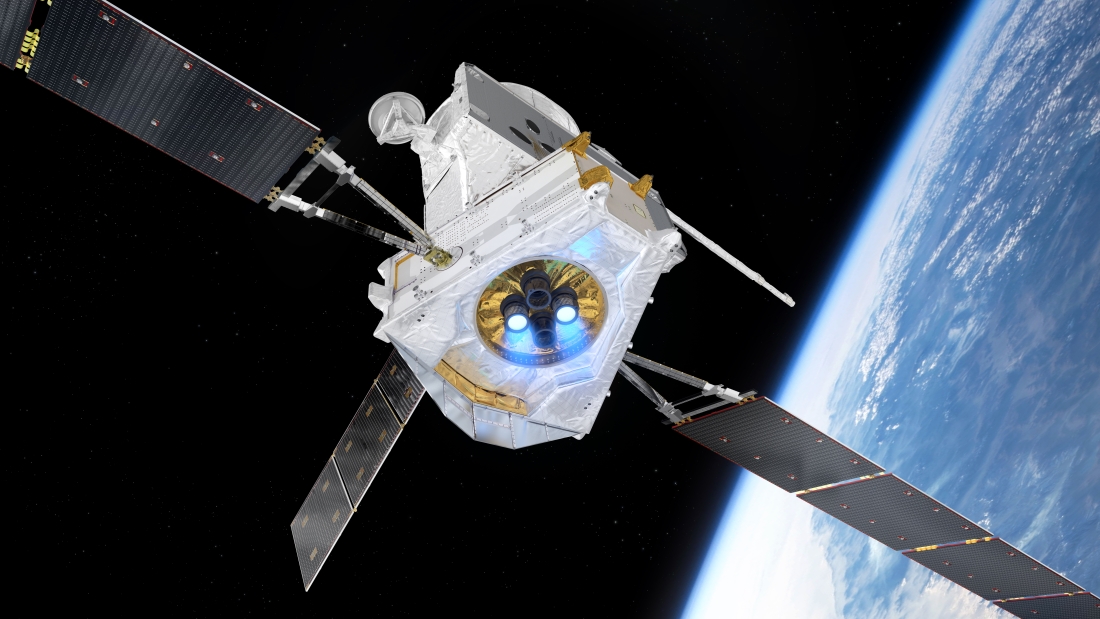
To help you locate the satellite, the Italian institutes for astrophysics and astrophysics & planetology (INAF/INAP) have set up a special page where you can enter your latitude and longitude to check out your viewing possibilities: visit the page
An interplanetary marathon
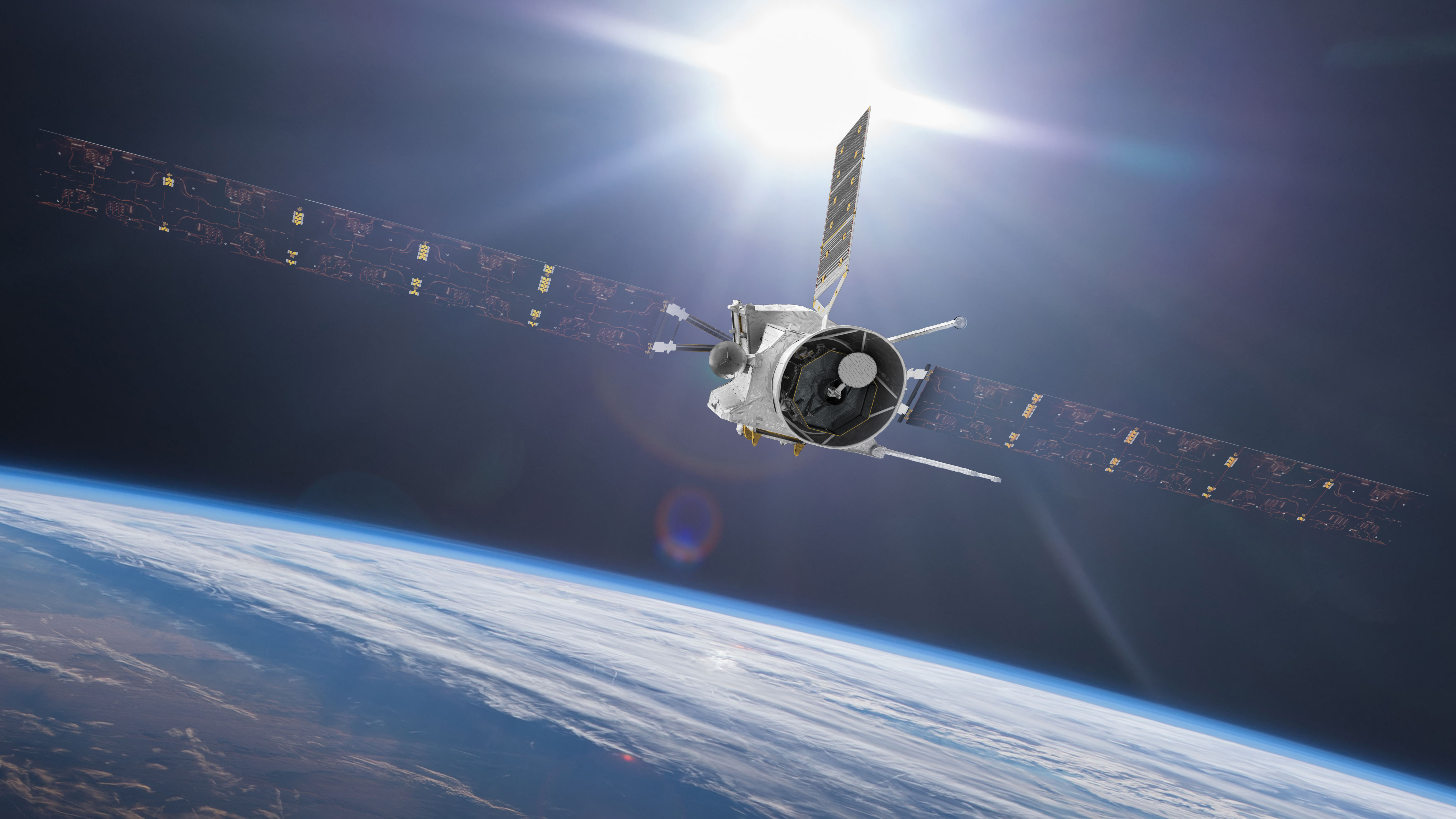
BepiColombo will need all the encouragement it can get, because it still has a long way to go – six more years! It will first head towards Venus, then arrive at its destination in Mercury orbit only in early 2026.
A joint mission by the European Space Agency (ESA) and the Japan Aerospace Exploration Agency (JAXA), under ESA leadership, BepiColombo will help the scientific community better understand how the Solar System and terrestrial-like planets are formed. Since Mercury is the closest planet to the Sun, its evolution could be an important piece in the puzzle. Mercury is a planet of extremes, and NASA’s Messenger mission has already shown that it is very different from what scientists expected. The data provided by BepiColombo will complement observations by Messenger, helping us answer the many mysteries still surrounding Mercury.
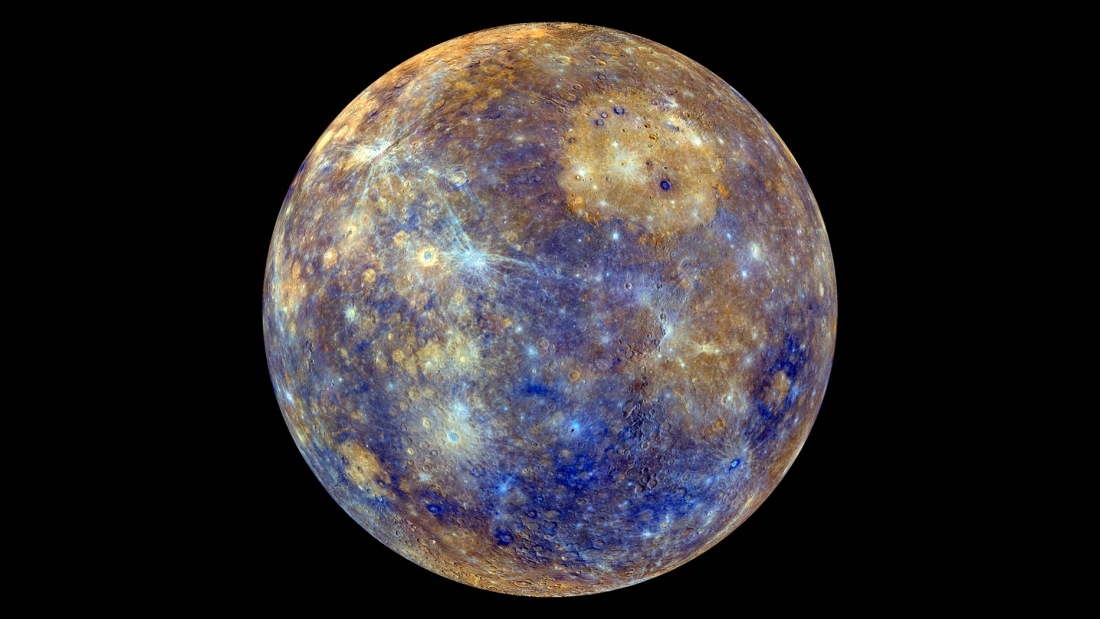
The main challenge of the BepiColombo mission is of course how to deal with very high temperatures: Mercury is only one-third of the Earth’s distance to the Sun, and the solar radiation in Mercury’s orbit is thought to be ten times more intense than near Earth. The spacecraft will have to withstand temperatures exceeding 300°C during its mission, with local excursions on the antenna reflector exceeding 400°C – while its electronics and instruments have to operate at temperatures ranging from 0° to 40°. Engineers therefore developed special high-temp protective devices and equipment, including thermal blankets, radiators, antennas and pointing mechanisms.
Mission background, and Thales Alenia Space’s role
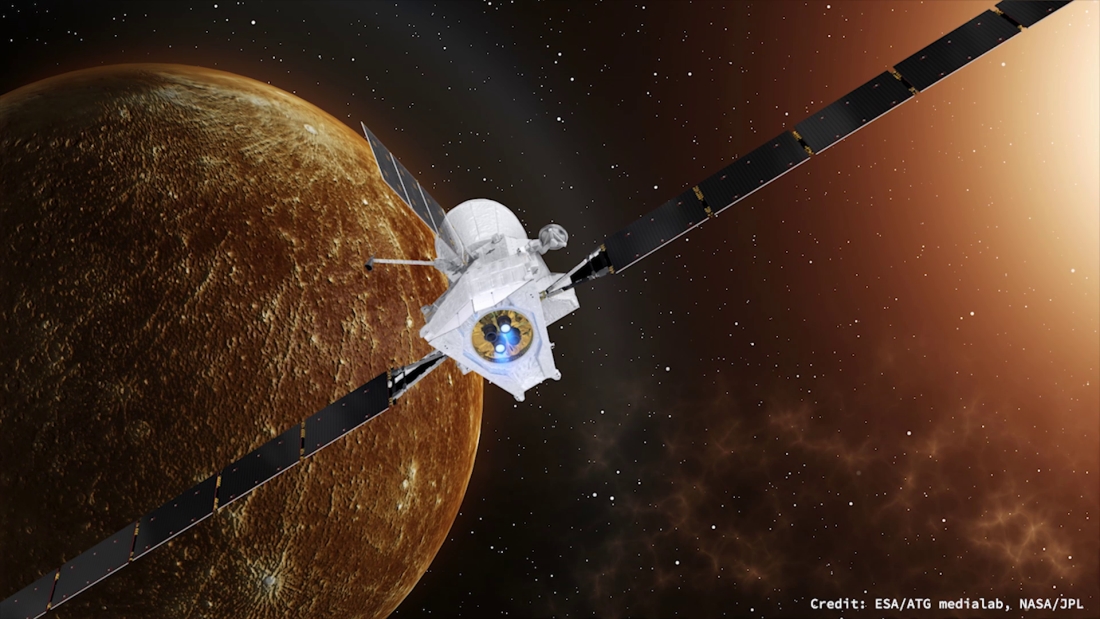
The European mission is led by Airbus Defence & Space as prime contractor, working on behalf of ESA. Thales Alenia Space is part of the industry core team, coordinating 35 different European companies.
Our efforts have focused on ways to protect the spacecraft from this tremendous heat and perform several key functions, as well as ensuring effective communications between all components and with our planet.
Thales Alenia Space was in charge of BepiColombo’s telecommunications, thermal control and electrical distribution system, as well as spacecraft integration and testing, plus support services during the launch campaign. We also supplied X and Ka-band transponders, onboard computers, mass memory and the 1.1 meter high-gain antenna used for communications between spacecraft and ground, along with the scientific payload for the radio mission. This antenna is derived from the model developed for the successful Cassini-Huygens mission to study Saturn and its moon Titan.

Thales Alenia Space also teamed up with the Italian space agency ASI and Sapienza University of Rome to develop two scientific payloads, the Italian Spring Accelerometer (ISA), and the Radio Science Experiment MORE, both used to study the planet as well as conduct further tests on Einstein’s theory of general relativity. The European Space Operations Center (ESOC) in Darmstadt announced that these instruments are in good condition and ready to spring into action.
Pioneering the future of space exploration
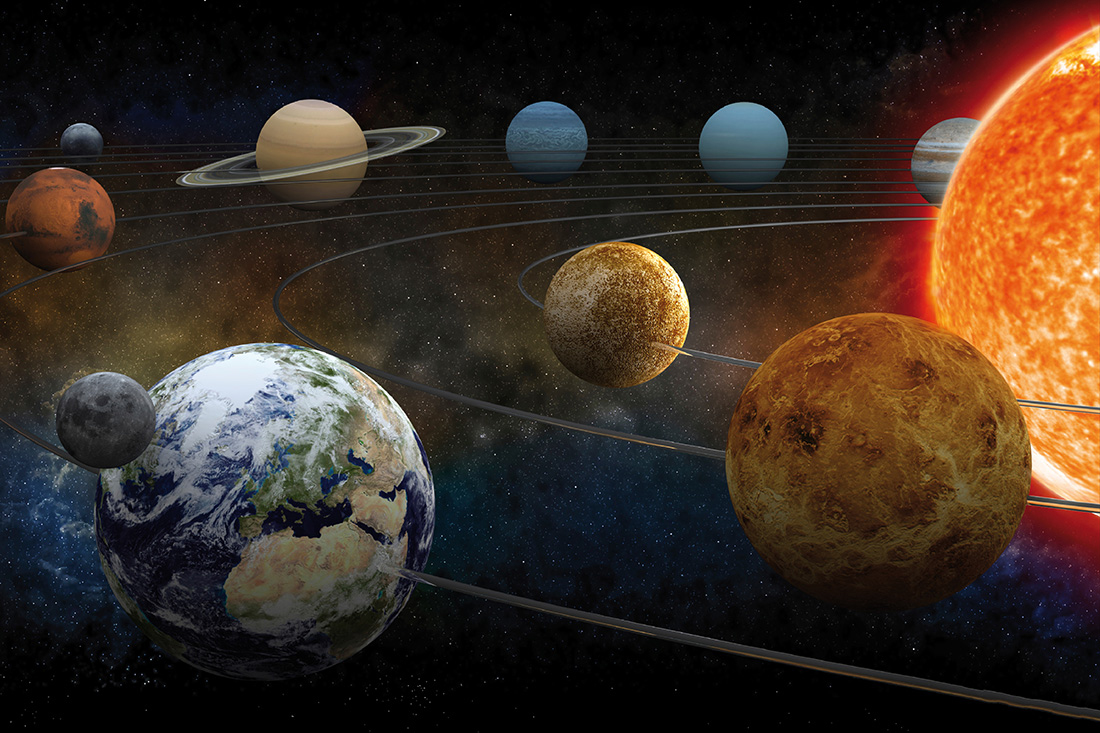
Venus, Mars, Mercury, Saturn, the Sun, comets, exoplanets, the dark universe… and tomorrow, back to the Moon! Thales Alenia Space has always been a pivotal partner in international missions to explore the Solar System.

We provided fully half of the pressurized volume on the International Space Station, along with major parts of the ATV and Cygnus resupply vessels. We are now building on our expertise in orbital infrastructures and space transport systems to address the upcoming market for exploration programs, including the reusable Space Rider orbital free-flyer and the Orion spacecraft.
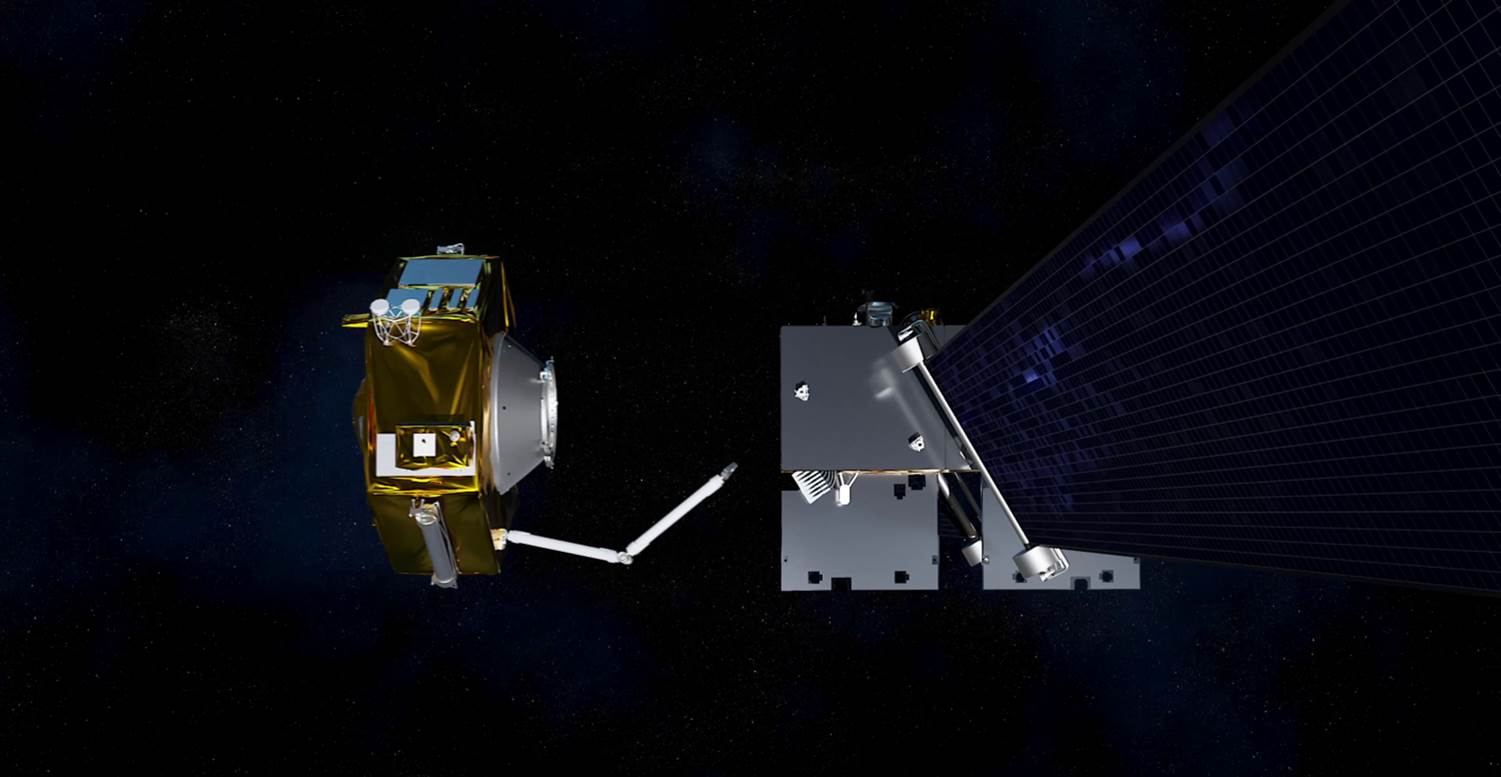
Thales Alenia Space is also at the heart of current and upcoming scientific missions, not just BepiColombo, but also ExoMars 2022, Solar Orbiter, Euclid and NextSTEP-2. Furthermore, we are developing a new line of in-orbit servicing spacecraft, capable of carrying out a wide range of operations in orbit, from satellite inspection and life extension, to robotic manipulation and deorbiting space debris.
Stay tuned for future Space Chronicles!
Artistic views: © ESA - © ESA/ATG medialab - © Thales Alenia Space


